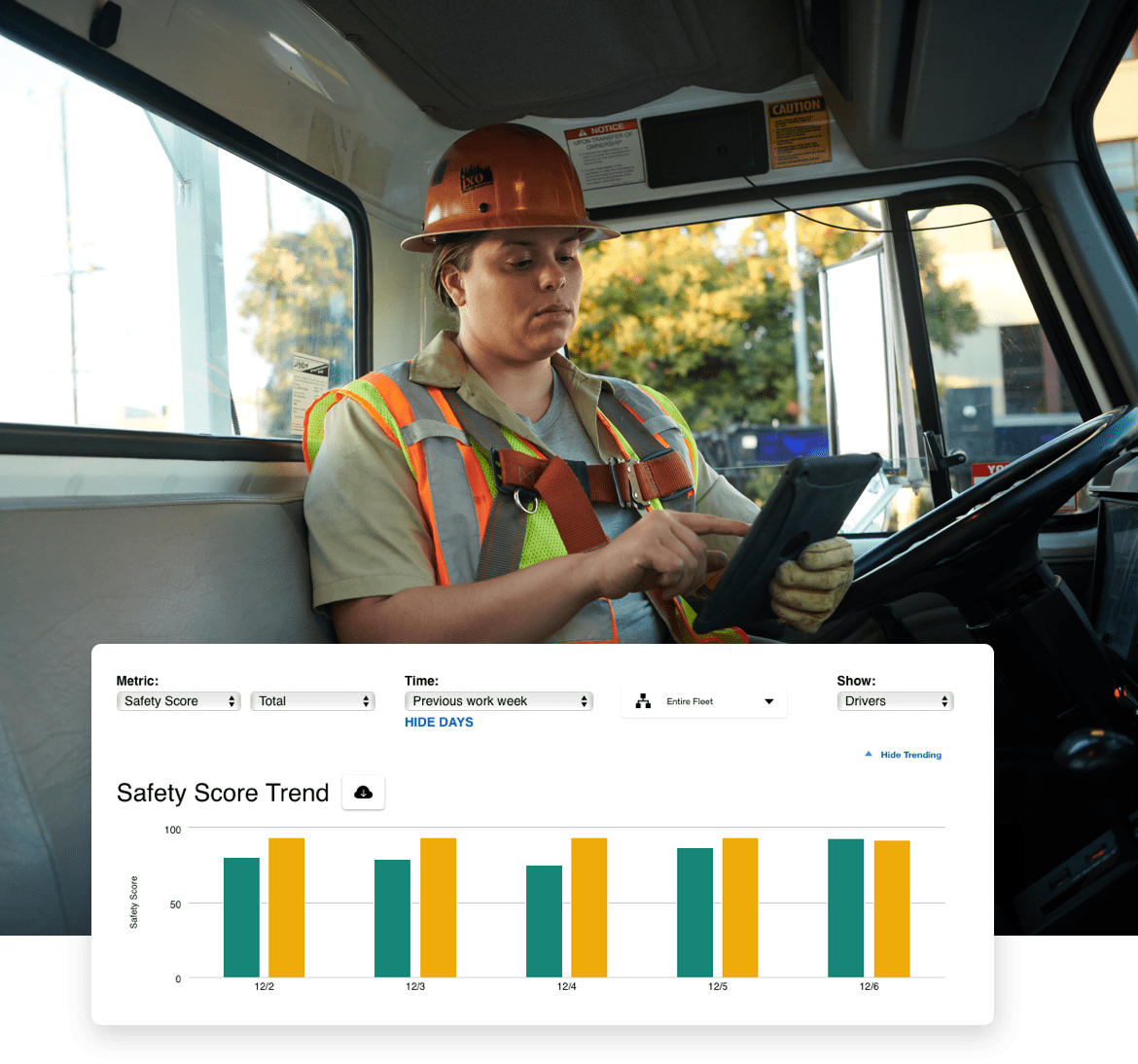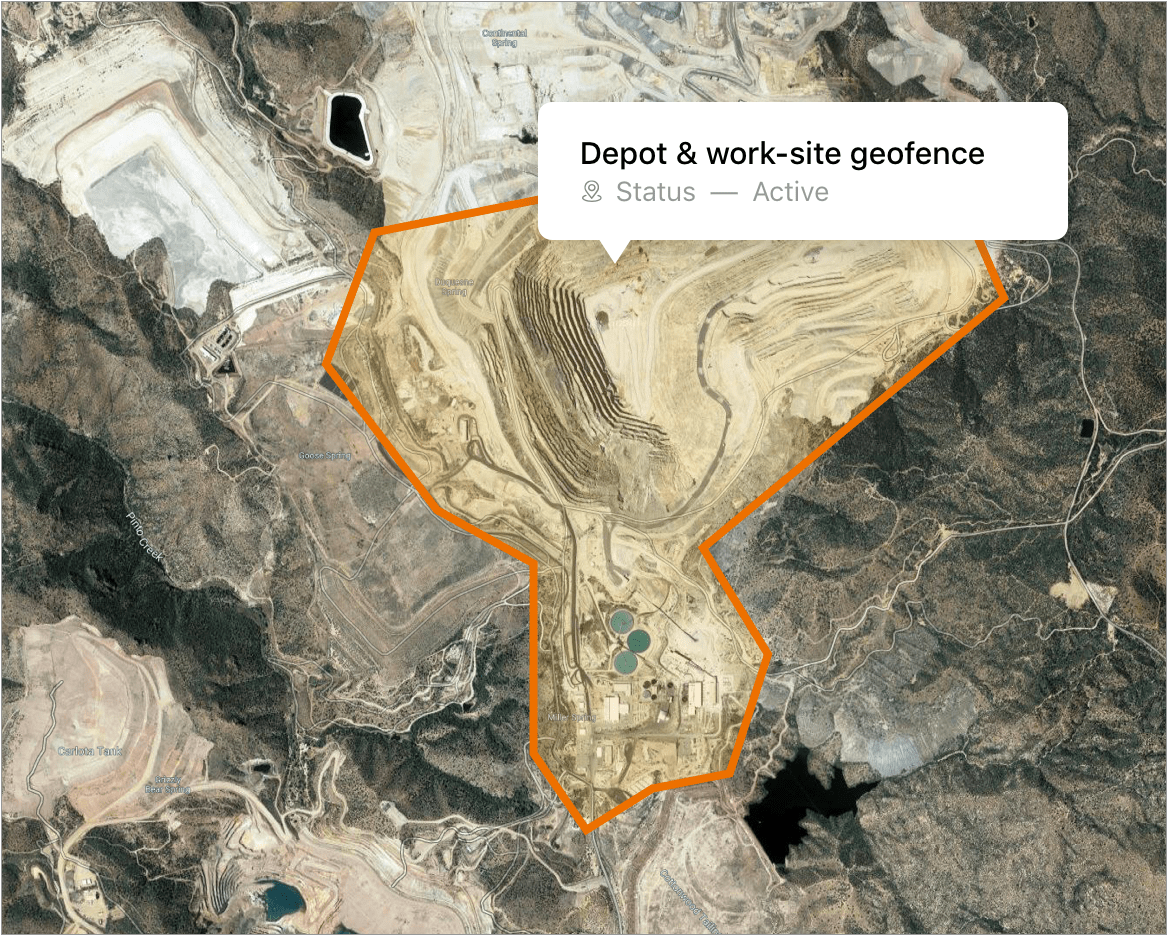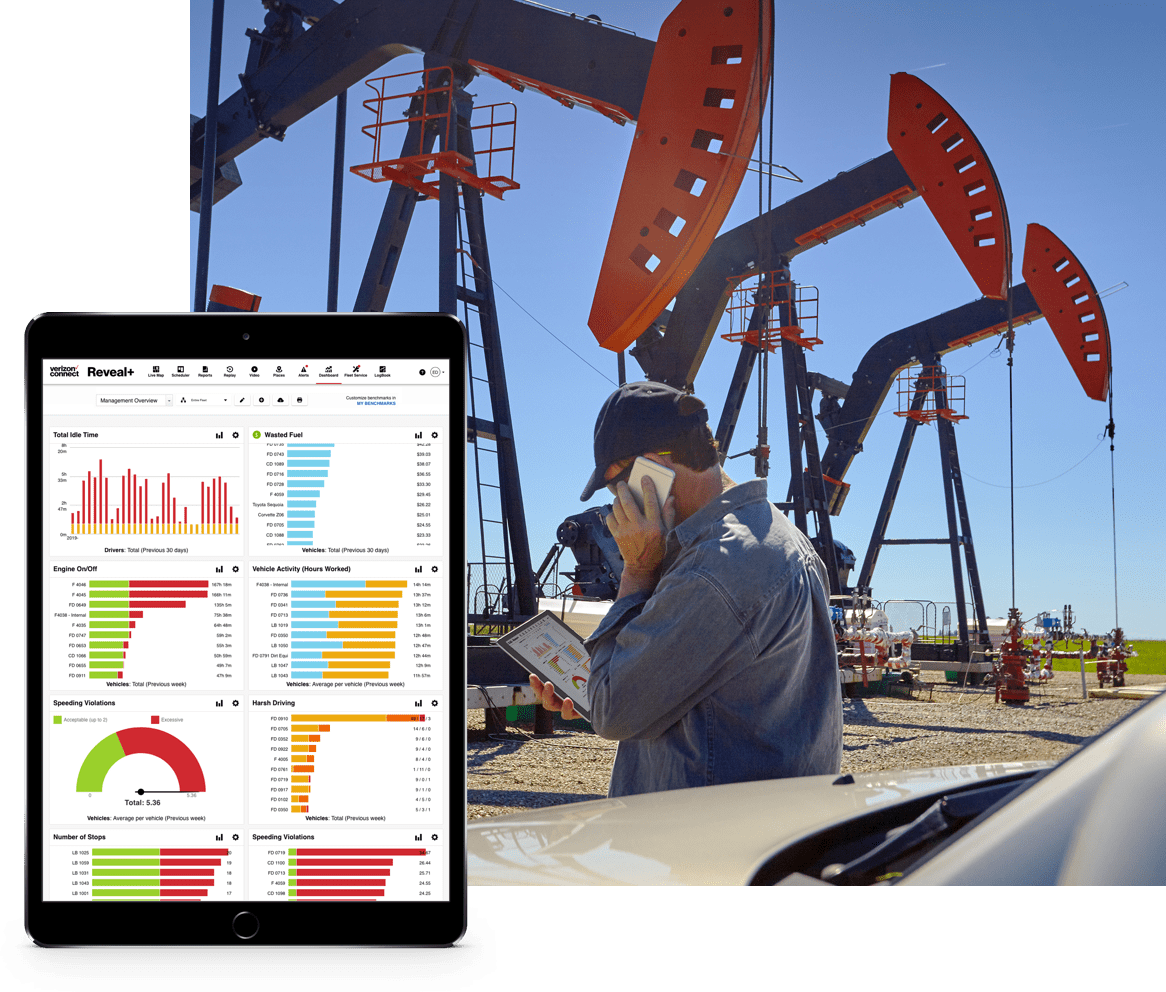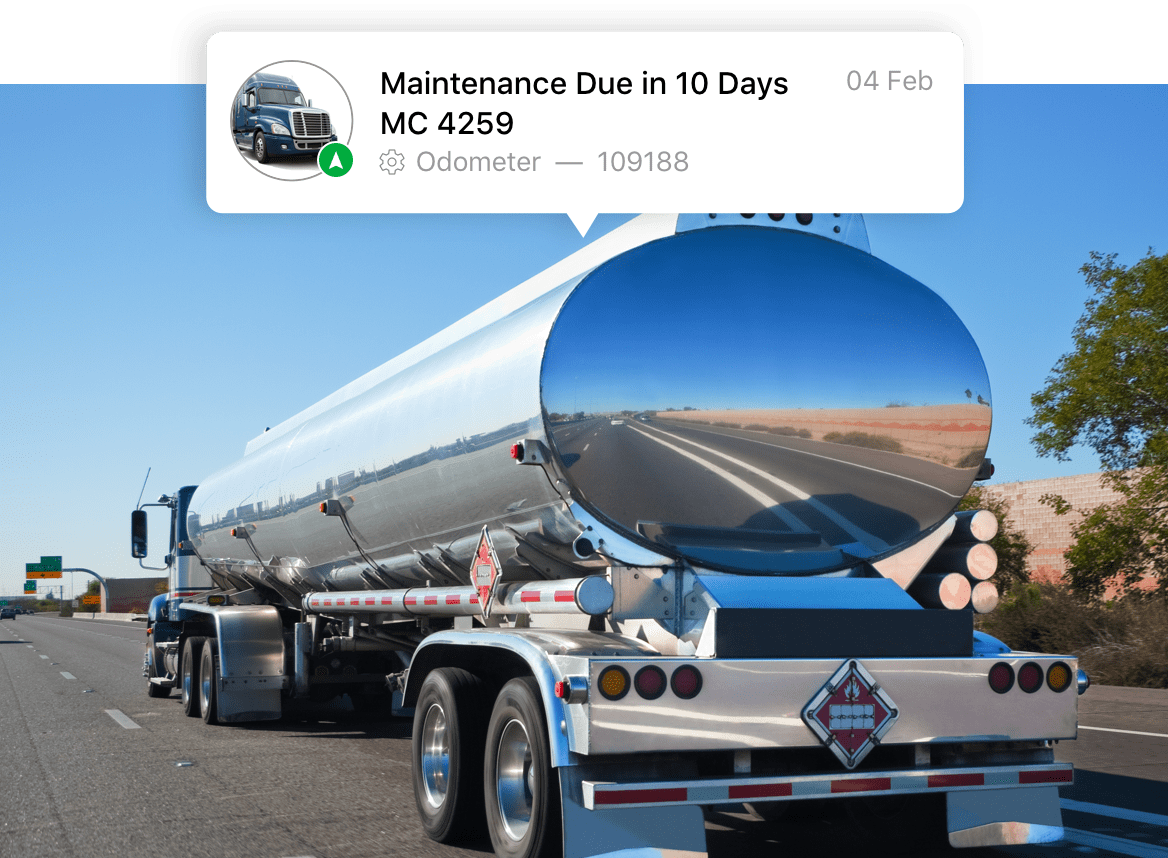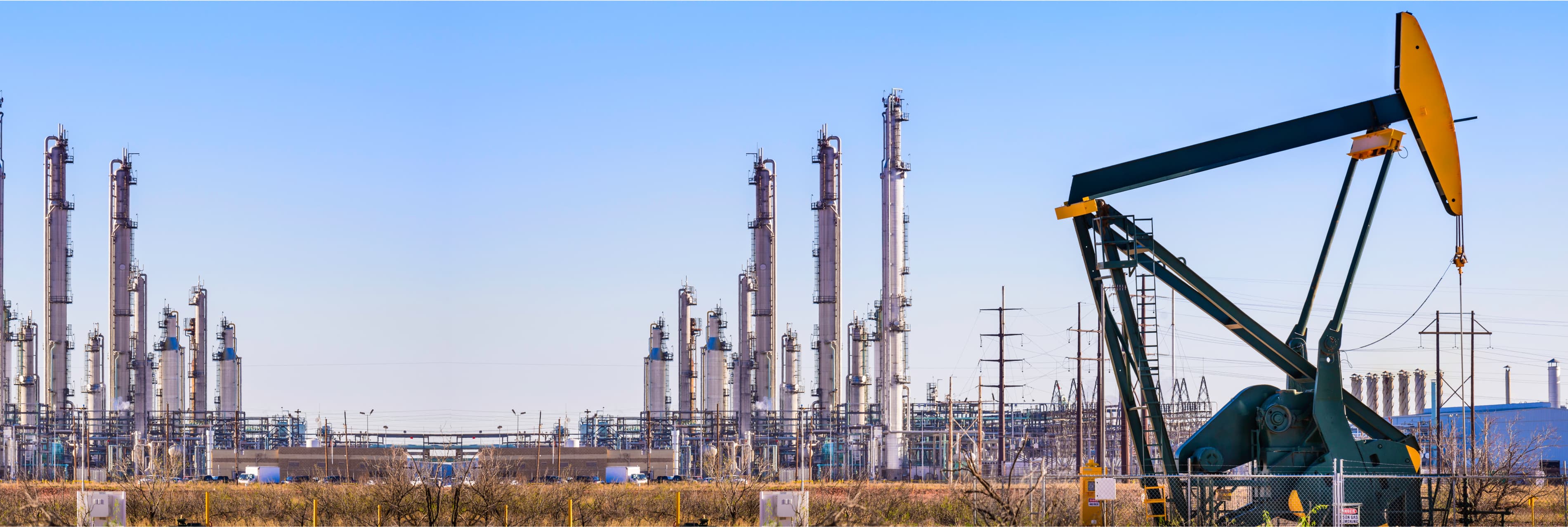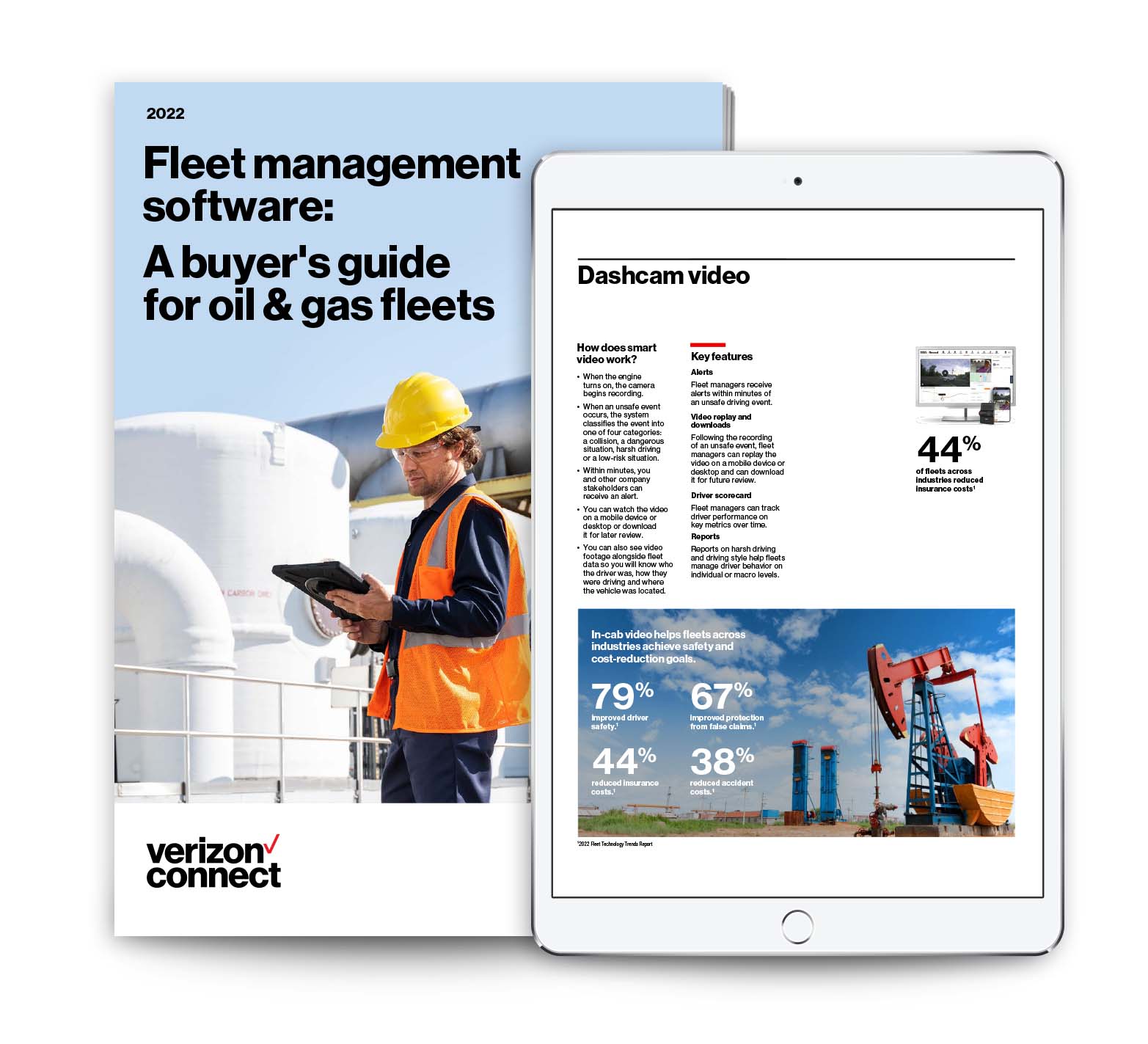Oil and gas field service fleets routinely transport hazardous materials and equipment to remote locations. Safety is paramount in every aspect of the job for a mobile workforce, but especially in transportation over the road when the public is at risk. Our fleet management software can help you:
- Reduce unsafe driving behaviors with timely alerts
- Monitor excessive idling
- Ensure DVIRs are conducted
- Create configurable reports and dashboards to monitor safety improvement efforts


